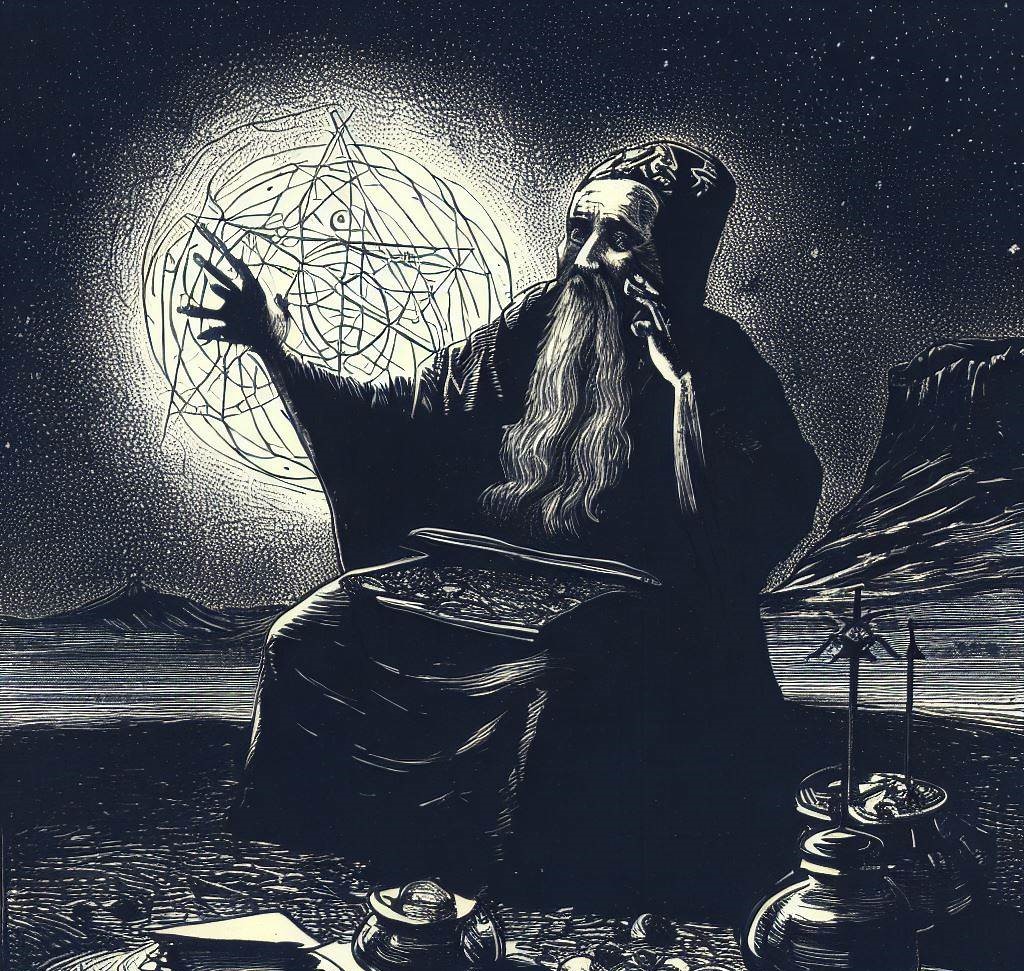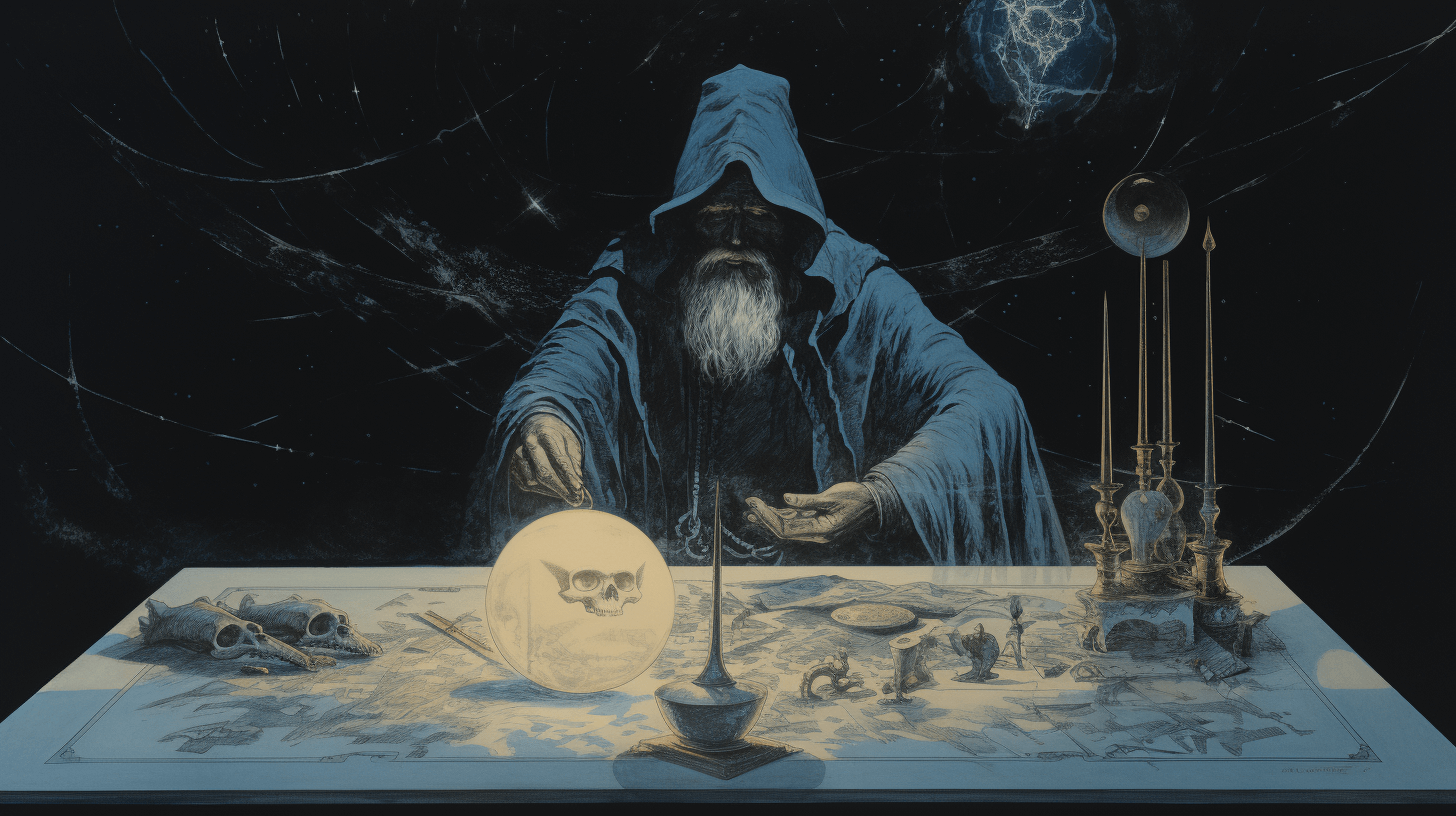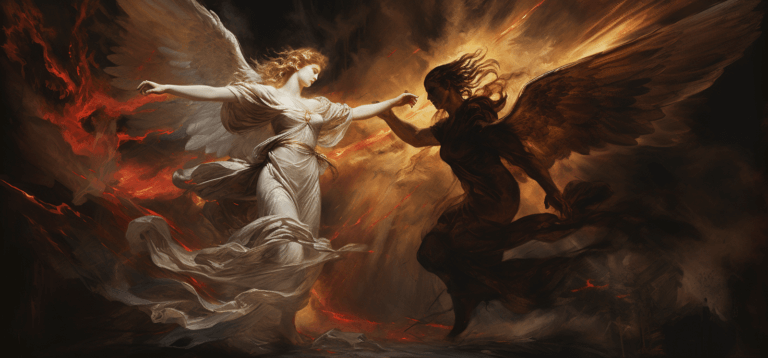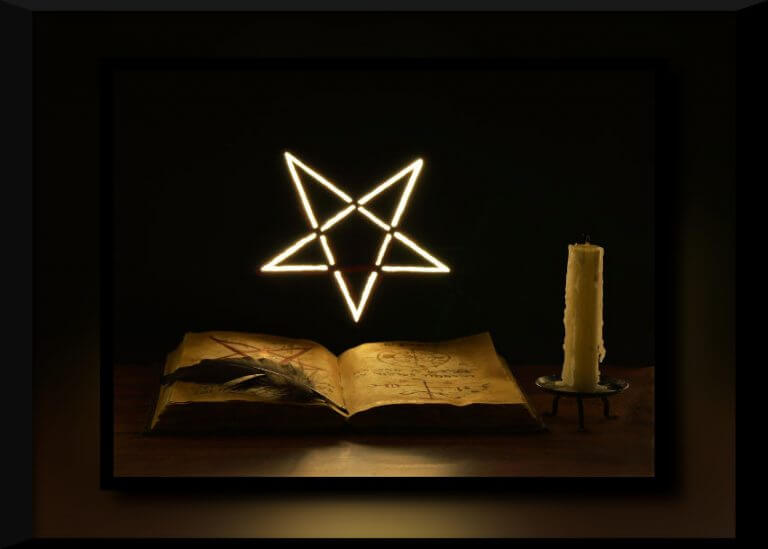How to use Geomancy: Tapping into Earth’s Secret Language
Introduction:
Throughout the ages, humanity has sought to understand the subtle forces that shape our world. One such ancient divination practice, steeped in esoteric wisdom, is geomancy. Derived from the Greek words “geo” (earth) and “manteia” (divination), geomancy is an occult art that delves into the hidden messages and energies of the earth. In this article, we will embark on a journey to explore the intriguing realm of geomancy, unraveling its origins, principles, and methods that enable practitioners to decipher the enigmatic language of the Earth.
Origins and Historical Significance:
Geomancy traces its roots back to the ancient civilizations of Mesopotamia, Egypt, and Arabia. It gained prominence during the Middle Ages, flourishing in Europe and the Islamic world alike. The practice was esteemed for its ability to unveil hidden truths, provide guidance, and offer insights into the past, present, and future. Geomantic knowledge was often regarded as a sacred gift, passed down through generations, entrusted to those who sought a deeper understanding of the world and its divine connections.
Principles and Concepts:
- The Principle of Correspondence: Geomancy operates on the fundamental belief that the microcosm reflects the macrocosm. The patterns formed on the Earth’s surface are believed to mirror celestial energies, symbolizing a deeper connection between the physical and spiritual realms.
- The Doctrine of Signatures: Geomancers observe the inherent qualities and characteristics of natural formations, such as lines, shapes, and markings, to interpret the messages they convey. By understanding the symbolic language of the Earth, practitioners unlock the wisdom embedded in the landscape.
Methods and Divination Techniques:
- Casting the Geomantic Chart: The process begins with the creation of a geomantic chart, consisting of sixteen figures known as “geomantic symbols.” These symbols are derived from a combination of dots or lines, formed by a series of random processes such as using sand, dice, or other divinatory tools.
- Interpreting the Figures: Each geomantic symbol represents a specific combination of elemental energies and carries unique meanings. By analyzing the relationship between the figures, their positions, and their interactions, the geomancer gains insights into the questions posed.
- House Interpretation: Similar to astrology, geomantic charts are divided into twelve houses, each representing different aspects of life. The geomancer examines the figures present in each house to discern their significance and provide nuanced responses to the querent’s inquiries.

Geomancy in the Golden Dawn
Within the Golden Dawn, geomancy was primarily associated with the Earth element, aligning it with the practical, material realm. It was seen as a complementary discipline to astrology, offering a grounded perspective to balance the celestial influences. Geomancy’s emphasis on the natural formations and earth energies resonated with the Golden Dawn’s focus on the mysteries of the physical plane.
Members of the Golden Dawn were introduced to the practice of geomancy through a series of lessons and rituals. The Order recognized the geomantic symbols as a potent language, capable of revealing insights into both mundane and spiritual matters. Through the study and interpretation of geomantic charts, Golden Dawn initiates developed their skills in divination, honed their intuition, and deepened their understanding of the interconnectedness of all things.

The Golden Dawn’s influence on geomancy extended beyond its own ranks. The teachings and practices of the Order spread among occultists and magical practitioners of the time, ensuring the preservation and revitalization of geomantic knowledge. This integration of geomancy within the broader framework of the Golden Dawn’s teachings contributed to its enduring popularity and its continued relevance in modern occult circles.
Today, many practitioners of geomancy draw inspiration from the Golden Dawn’s teachings, incorporating its ceremonial and ritualistic elements into their own practice. The Golden Dawn’s legacy serves as a testament to the enduring power and significance of geomancy as an esoteric art, offering a gateway to understanding the hidden currents that shape our world.
Applications and Modern Adaptations:
While traditionally used for divination, geomancy’s principles can be applied to various aspects of life. Modern practitioners have adapted geomancy for landscape design, architecture, feng shui, and earth healing practices. By tapping into the subtle energies of the Earth, these applications aim to harmonize spaces, enhance well-being, and restore equilibrium.
Conclusion:
Geomancy stands as a testament to humanity’s innate desire to explore the hidden realms and find meaning in the world around us. This ancient divination practice, deeply rooted in the wisdom of the Earth, provides a unique lens through which we can glimpse the interconnectedness of the physical and metaphysical planes. By engaging with geomancy, we tap into a rich tapestry of symbols, energies, and revelations that offer guidance and wisdom in our quest for understanding the mysteries of life.






